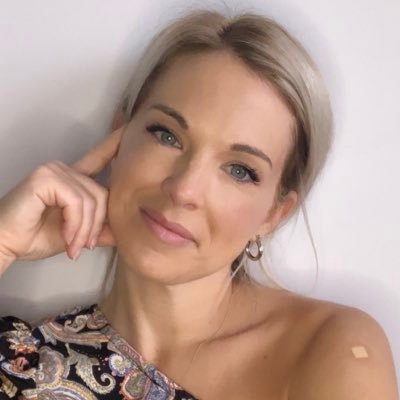
Introduction
Frederique Guay is a name gaining traction in the Canadian arts scene. As an emerging artist, her work embodies a blend of traditional techniques and modern themes, which resonates deeply with a contemporary audience. The significance of her contribution to the arts, particularly in fostering community connections and dialogues, emphasizes the importance of supporting local talents.
Background and Career Development
Born and raised in Quebec, Frederique has always had a passion for expressing herself through visual arts. She studied Fine Arts at the Université du Québec à Montréal, where she honed her skills in painting and mixed media. After starting her career in local galleries, her unique approach quickly drew attention. In 2023, she held her first solo exhibition titled “Echoes of the Past,” which was well-received, bringing together over 500 attendees and showcasing her talents in storytelling through art.
Recent Projects and Community Engagement
Frederique’s work encapsulates not only her artistic vision but also her dedication to social issues. Recently, she collaborated with local schools to create murals that reflect the cultural heritage of the community, enhancing the identity of young students through their participation in the artistic process. This initiative has encouraged dialogues about diversity and culture, thereby promoting inclusivity. In addition, Frederique also engages with the community by hosting workshops aimed at teaching art to underserved groups, making the arts accessible to all.
Impact and Future Prospects
The impact of Frederique’s work extends beyond her personal achievements as an artist; it contributes to broader conversations about community engagement and the role of art in social change. Her initiatives have garnered support from local businesses and art organizations, which underscores the importance of fostering local talent. Looking forward, Frederique aims to expand her projects, collaborating with other artists across Canada to introduce fresh perspectives and create larger public art installations. This growth could position her as a significant figure in the arts community, making waves not only in Quebec but across the nation.
Conclusion
Frederique Guay represents a new generation of artists who emphasize community, cultural dialogue, and innovation in their work. As she continues to rise in the Canadian arts landscape, her contributions are expected to inspire more individuals to engage with the arts. This encourages a broader appreciation of cultural diversity and the power of artistic expression to connect communities. For readers, supporting Frederique’s endeavors means supporting a vision of art that is inclusive and transformative, paving the way for future artists.



